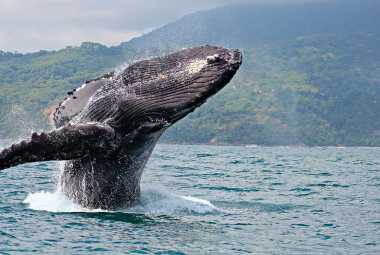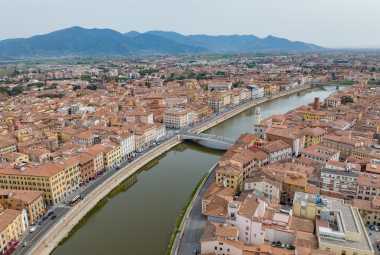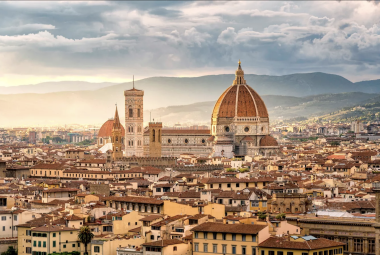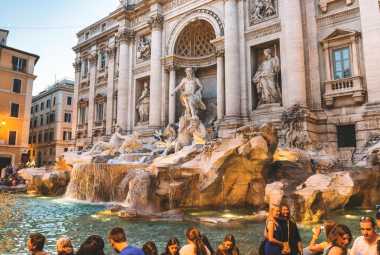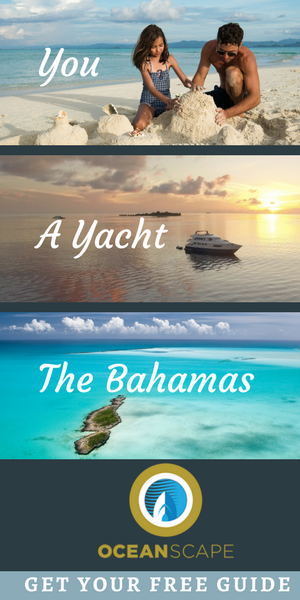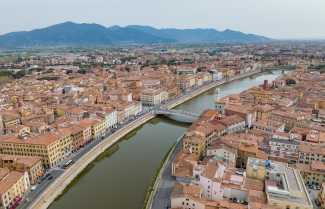Image by philstar.com
*Vacation Mode is a for-profit site. It contains paid banner advertisements that are generated and managed by a third-party network. This site also includes relevant affiliate links (both in the content and on the sidebar) all of which we do our best to clearly mark as such.
When it comes to planning a tropical getaway, the choice between the Philippines and Phuket can be a tough decision. Both destinations offer stunning natural beauty, rich cultural experiences, and an abundance of tourist attractions. In this article, we will examine the geographical locations and climates of these two popular destinations, explore the unique cultures and languages that define them, uncover the top tourist attractions and best beaches and islands, and also delve into the cost of living in each location. By the end, you’ll have a comprehensive understanding of what each destination has to offer, helping you make an informed decision on whether the Philippines or Phuket is the better choice for your next vacation or potential relocation.
Let's dive into the details and discover the best aspects of each destination.
Key Takeaways:
- The Philippines and Phuket have different geographical locations and climates, with the Philippines having a tropical climate and Phuket having a monsoon climate.
- Both the Philippines and Phuket have rich cultures, but the Philippines is more diverse with over 100 languages spoken compared to Phuket's mainly Thai culture and language.
- The Philippines and Phuket are both popular tourist destinations, with the top attractions being the natural beauty and beaches in the Philippines and the bustling city life and cultural sites in Phuket.
Geographical Location and Climate
The geographical locations of Thailand and the Philippines, two renowned Southeast Asian countries, boast breathtaking natural beauty, including stunning scenery, diverse landscapes, and vibrant ecosystems. The climate in Thailand is characterized by tropical weather, with distinct dry and rainy seasons, while the Philippines experiences a similar tropical climate, influenced by its archipelagic geography and diverse topography.
Thailand's landscape features pristine beaches, lush jungles, and majestic mountains, making it a paradise for nature enthusiasts. The country is also home to fertile plains and meandering rivers, creating a diverse and picturesque environment.
In contrast, the Philippines showcases its breathtaking coastal areas, volcanic peaks, and rich marine life, providing a unique and awe-inspiring setting. The diverse ecosystems, including rainforests, coral reefs, and mangrove forests, contribute to the remarkable natural beauty of both countries.
Regarding climate, Thailand's tropical weather brings warm temperatures throughout the year, with the monsoon season typically occurring from May to October. The Philippines experiences a similar tropical climate, with high humidity and frequent rainfall, influenced by its numerous islands and varied topography. These climatic conditions contribute to the lush, verdant landscapes and vibrant flora and fauna found in both nations, creating picturesque and enchanting environments for travelers and nature lovers to explore and enjoy.
Phuket, Thailand vs Boracay, Philippines I Island Vibes
Video by Real Lists
What is the location of the Philippines?
The Philippines, an archipelago located in the western Pacific Ocean, is situated in the heart of Southeast Asia, comprising over 7,000 islands, each contributing to the country's rich and diverse geography.
This beautiful archipelago, with a land area of approximately 300,000 square kilometers, boasts stunning natural landscapes ranging from pristine beaches and tropical rainforests to towering mountains and active volcanoes. Its strategic positioning at the western edge of the Pacific Ocean makes it a significant hub within Southeast Asia, with its coastline stretching over 36,000 kilometers, offering extensive maritime boundaries and access to valuable marine resources.
The diversity of the islands also makes the Philippines a unique hotspot for biodiversity and a captivating destination for travelers and explorers alike.
What is the location of Phuket?
Phuket, a renowned island province in Thailand, is situated in the Andaman Sea, offering a captivating blend of natural beauty, vibrant culture, and enticing tourist attractions that have made it a popular destination for travelers worldwide.
From its pristine beaches such as Patong, Karon, and Kata to its lush interior featuring rainforests and mountains, Phuket is a paradise for nature enthusiasts. The island's status as one of Thailand's most prominent tourist hotspots is further enhanced by its eclectic mix of nightlife, shopping, and dining options, catering to the diverse interests of visitors.
Its rich history, including influences from Chinese and Portuguese settlers, adds to its unique charm and cultural allure, making it an unforgettable destination for all who visit.
What is the climate like in the Philippines?
The climate in the Philippines is predominantly tropical, marked by warm temperatures, high humidity, and a diverse topography that influences regional weather patterns and occasional natural calamities.
The tropical climate of the Philippines is characterized by relatively consistent high temperatures throughout the year, with minimal variation between seasons. The influence of the warm Philippine Sea and the Pacific Ocean creates a significant amount of moisture in the air, contributing to the country's high levels of humidity. The Philippines' diverse topography, including mountains, plains, and coastal areas, plays a crucial role in shaping its weather patterns, leading to a wide range of climatic conditions across different regions.
Due to its location in the path of typhoons and monsoons, the Philippines experiences a high frequency of tropical storms, heavy rainfall, and occasional flooding. The archipelagic nature of the country also contributes to its vulnerability to natural disasters, with volcanic eruptions, earthquakes, and landslides being recurrent risks, especially in the volcanic regions.
What is the climate like in Phuket?
Phuket experiences a tropical climate, characterized by distinct monsoon seasons and a mild, dry season, creating an inviting environment for visitors seeking an ideal balance of warm weather and occasional cooling breezes.
The monsoon seasons in Phuket, which typically occur from May to October, bring heavy rainfall and high humidity, making this period less favorable for outdoor activities. The cooler temperatures and lush, green landscapes that result from the rains offer a unique and vibrant atmosphere.
In contrast, the dry season, from November to April, boasts sunny days and balmy evenings, making it the preferred time for beach vacations and water sports. Tourists can revel in the warm, tropical climate while enjoying the occasional refreshing sea breeze. The overall climate of Phuket appeals to travelers looking for a range of experiences, from relaxing on pristine beaches to exploring the natural beauty of the island.
Culture and Language
The cultures of the Philippines and Thailand are deeply rooted in rich traditions, vibrant customs, and a strong sense of community, offering travelers unique opportunities for cultural immersion, traditional festivals, and authentic experiences within their respective tourism industries.
In the Philippines, community-centric values and strong kinship ties form the foundation of their cultural practices. The Ati-Atihan Festival, known for its colorful street dancing and lively music, embodies the joyful spirit of the locals. Another unmissable tradition is the Sinulog Festival, which celebrates the nation's religious heritage through exuberant parades and processions.
Similarly, Thailand boasts a rich tapestry of customs and rituals, with the Loi Krathong festival standing out as a mesmerizing display of floating lanterns and floral offerings, symbolizing the release of negative emotions and paying respects to the water spirits.
Both countries enchant visitors with their warm hospitality, diverse festivities, and a deep reverence for their cultural heritage, making them prime destinations for cultural aficionados seeking authentic experiences.
What is the culture like in the Philippines?
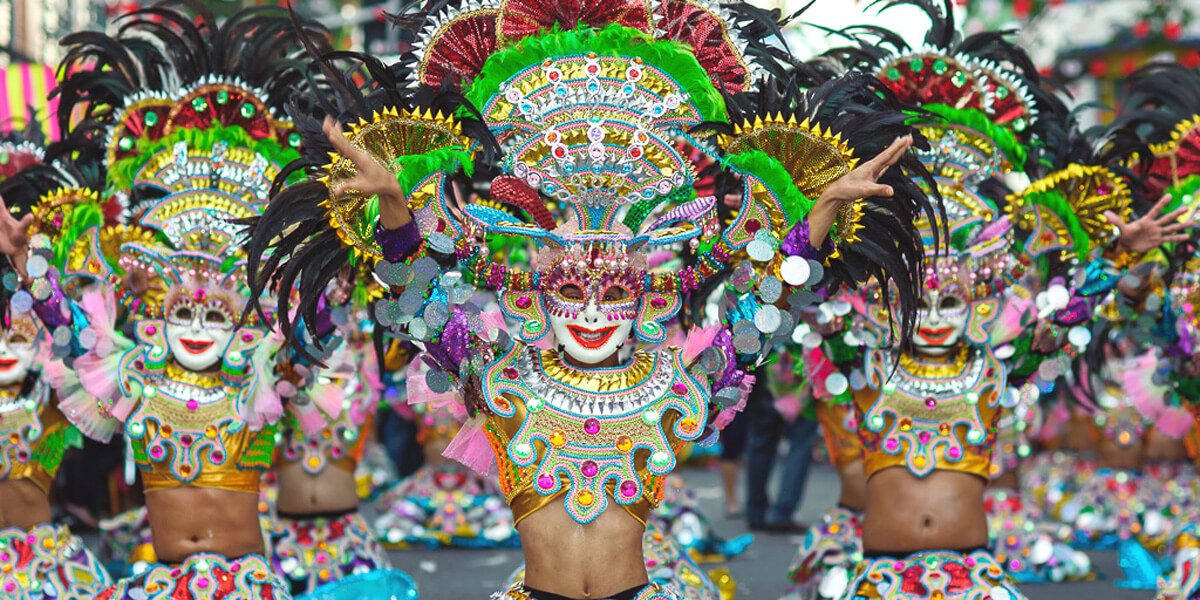
The culture of the Philippines is characterized by its diverse heritage, encompassing a rich tapestry of indigenous traditions, colonial influences, and a vibrant culinary scene, with Filipino cuisine and traditional festivals serving as prominent expressions of the country's cultural diversity.
With a fusion of Malay, Spanish, Chinese, Japanese, and American influences, Filipino cuisine offers a unique blend of flavors, textures, and cooking techniques. From the savory adobo to the sweet leche flan, the culinary heritage reflects the diverse history and trade connections of the archipelago.
Traditional festivals like the Ati-Atihan, Sinulog, and Dinagyang showcase the Philippines' rich tapestry of beliefs and customs, featuring colorful parades, lively music, and age-old rituals, all serving as vibrant testaments to the nation's cultural diversity.
What is the culture like in Phuket?
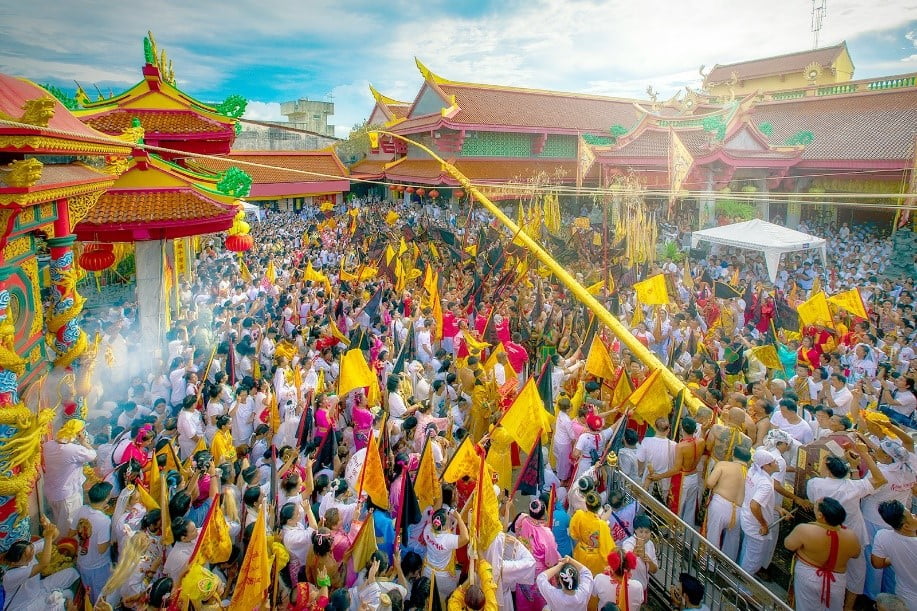
The culture of Phuket reflects the essence of Thai traditions and spiritual heritage, with its vibrant blend of culinary delights, revered temples, and historical sites, serving as testaments to the enduring influence of Buddhism and the country's rich cultural legacy.
Upon looking into Phuket's culinary traditions, one can savor the explosion of flavors that Thai cuisine is renowned for. From the piquant spiciness of Tom Yum Goong to the rich creaminess of Green Curry, each dish is a culinary masterpiece blending aromatic spices, fresh herbs, and bold flavors.
The region's spiritual landmarks showcase the profound impact of Buddhism. Visitors can immerse themselves in the tranquility of revered temples like Wat Chalong, with its intricate architecture and breathtaking Buddhist artistry, echoing the spiritual resonance of the place.
Phuket's historical sites such as the Old Phuket Town stand as living testaments to the region's rich cultural heritage. The town's diverse architecture, influenced by Chinese, Portuguese, and British styles, reflects the confluence of cultures that have shaped Phuket's history.
What languages are spoken in the Philippines?
The Philippines is home to a diverse linguistic landscape, with Tagalog and English serving as the official languages, complemented by a myriad of regional dialects that contribute to the country's linguistic richness and cultural diversity.
Tagalog, often referred to as Filipino, is the national language and is widely used in education, media, and government communications. Its importance extends beyond linguistic significance as it reflects the country's historical and cultural identity.
Meanwhile, English plays a crucial role in business, diplomacy, and higher education, reflecting the country's colonial heritage.
The regional dialects, such as Cebuano, Ilocano, and Waray, among others, exhibit the country's diverse cultural heritage, adding depth and richness to the linguistic fabric. These dialects often differ significantly from Tagalog and English and play a vital role in preserving distinct regional identities.
What languages are spoken in Phuket?
In Phuket, the Thai language holds prominence as the primary spoken language, enriched by a diverse array of regional dialects that underscore the region's cultural heritage and linguistic diversity.
While Thai is the official language of Thailand, the regional dialects spoken in Phuket reflect the island's historical and cultural tapestry. The prevalence of Southern Thai dialects, infused with elements of Malay and Hokkien due to historical trade and migration, provides a unique linguistic flavor to the local communication.
The influence of the Chao Leh dialect, spoken by the sea gypsy communities, adds another layer of linguistic diversity, celebrating the indigenous cultures that have shaped Phuket's identity over centuries.
Tourist Attractions
The Philippines and Thailand offer an array of captivating tourist attractions that encompass historical sites, natural wonders, and picturesque landscapes, providing travelers with enriching travel experiences and scenic views that showcase the cultural and natural allure of these destinations.
Stepping foot on the white sandy beaches of Palawan in the Philippines, one is greeted by crystal-clear turquoise waters and towering limestone cliffs, making it a haven for beach lovers and diving enthusiasts. Meanwhile, Thailand's ancient city of Ayutthaya boasts magnificent archaeological ruins, reflecting the country's rich historical legacy and showcasing its cultural significance.
The lush greenery of the Banaue Rice Terraces in the Philippines, carved into the mountainside by the Ifugao people over 2,000 years ago, is a testament to their engineering prowess and deep-rooted agricultural traditions. In contrast, Thailand's Chiang Mai is a melting pot of traditional crafts, vibrant night markets, and awe-inspiring temples, providing a glimpse into the country's artistic and cultural heritage.
Both destinations also offer immersive experiences, such as exploring the underground river in Puerto Princesa, Philippines, which has been hailed as one of the New Seven Wonders of Nature, or partaking in a traditional Thai cooking class, unveiling the secrets of the country's renowned cuisine, enriched with aromatic flavors and diverse influences.
What are the top tourist attractions in the Philippines?
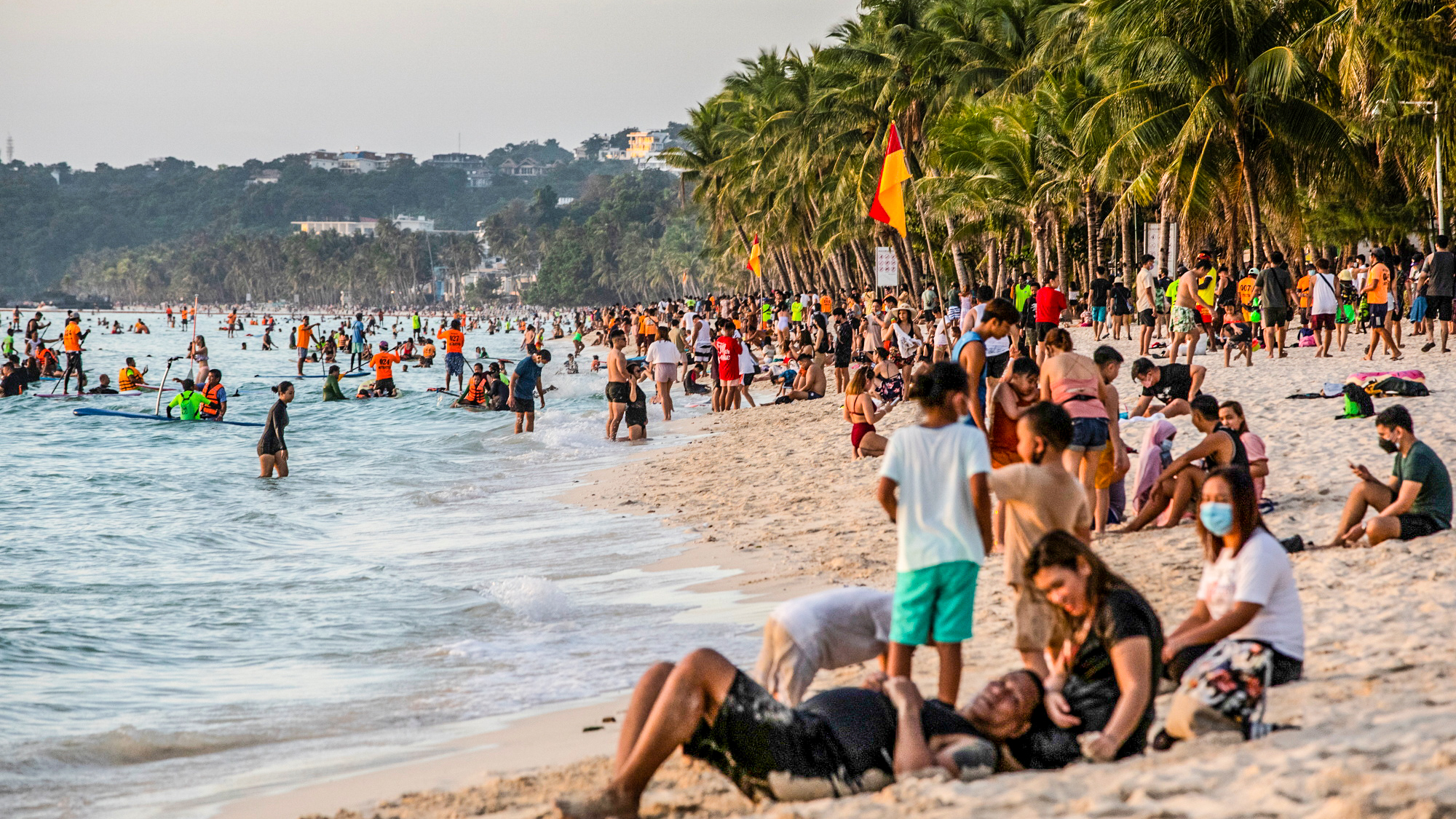
The Philippines boasts an impressive array of top tourist attractions, including the idyllic shores of Boracay, the captivating Banaue Rice Terraces, the picturesque landscapes of Palawan, and numerous UNESCO World Heritage sites that highlight the country's rich historical legacy.
These famed attractions draw travelers from around the globe, eager to experience the natural beauty and cultural significance that define the Philippines. The striking geological formations of Chocolate Hills in Bohol, the historic walled city of Intramuros in Manila, and the stunning Tubbataha Reefs Natural Park showcase the diverse and enchanting offerings that await visitors.
The ancient Spanish colonial architecture of Vigan, the majestic Mayon Volcano, and the centuries-old churches in Paoay and Miag-ao exemplify the enduring heritage that has shaped the nation's landscape. The Philippines truly offers a tantalizing blend of natural wonders and historical landmarks, making it a must-visit destination for adventurous travelers and history enthusiasts alike.
What are the top tourist attractions in Phuket?

Phuket offers an eclectic mix of top tourist attractions, encompassing the historical charm of Phuket Town, the serene allure of the Big Buddha, the spiritual ambiance of Wat Chalong, and the vibrant energy of Patong Beach, each contributing to the region's rich cultural tapestry and visitor appeal.
Phuket Town, the historical heart of the island, delights visitors with its Sino-Portuguese architecture, vibrant markets, and quaint streets lined with colorful colonial buildings. The Big Buddha, a striking 45-meter-tall white marble statue, offers panoramic views of the island from its hilltop perch, while Wat Chalong, one of the island's most important temples, showcases intricate architecture and revered Buddhist relics.
Patong Beach is a bustling hub of activity, known for its lively nightlife, water sports, and bustling markets, making it a must-visit for beach enthusiasts."
Beaches and Islands
The beaches and islands of the Philippines and Thailand beckon adventurers with their exquisite beauty, varied landscapes, and opportunities for outdoor escapades, including island hopping, water sports, and encounters with stunning natural scenery that define the coastal allure of these remarkable destinations.
While the Philippines boasts a countless array of pristine beaches and picturesque coves, Thailand is celebrated for its vibrant, bustling coastal hubs and serene, secluded islands. The Philippines' Palawan province offers unmatched island hopping experiences, allowing visitors to explore limestone cliffs and crystal-clear lagoons, while Thailand's Phuket and Krabi present a blend of lively beachfront activities and quieter, untouched islets.
Both countries are a haven for diving enthusiasts, offering mesmerizing underwater worlds teeming with colorful reefs and marine life. The colorful marine biodiversity and the sheer majesty of underwater rock formations make the coastlines of these destinations a diver's paradise.
What are the best beaches in the Philippines?
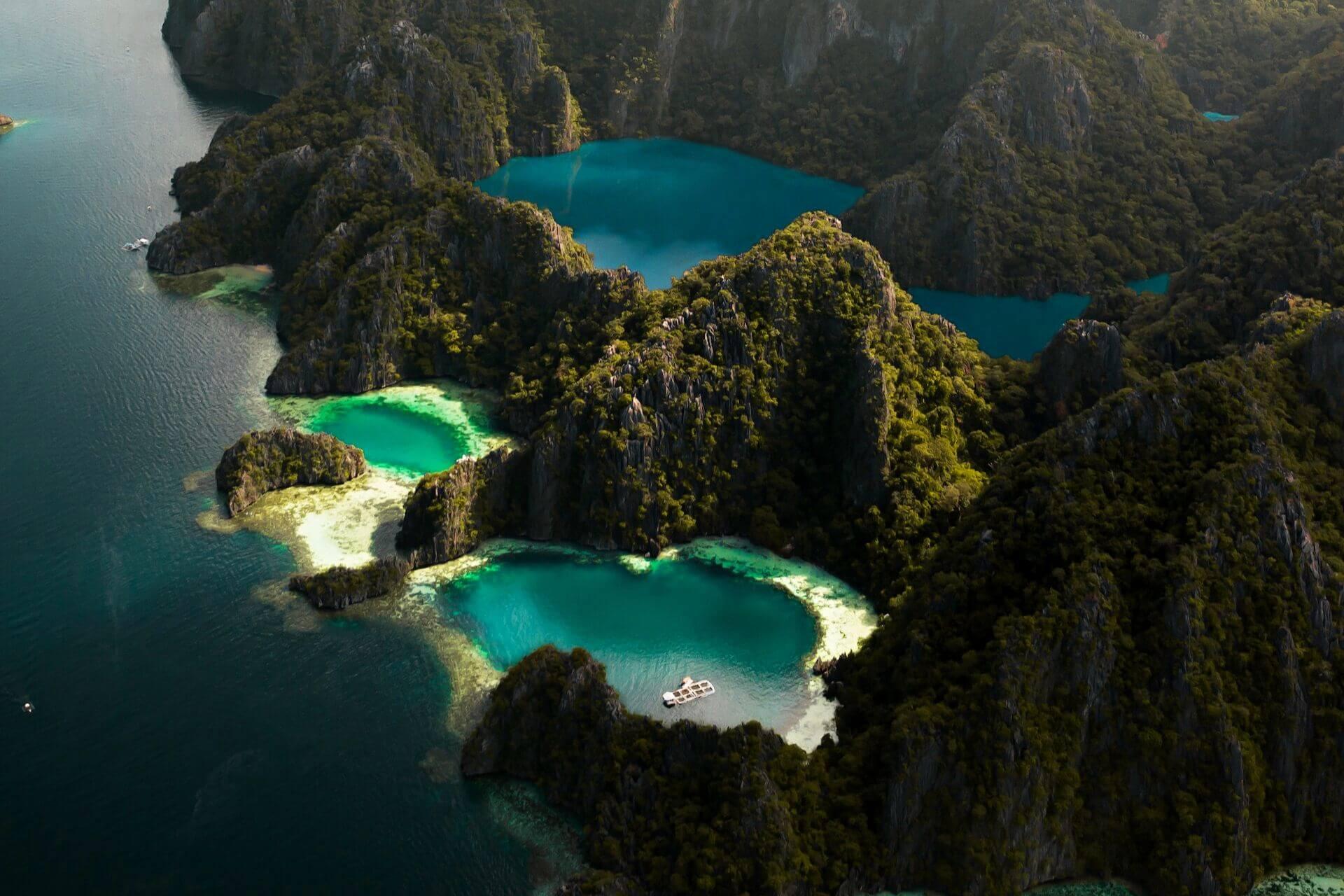
The Philippines is home to some of the best beaches in the world, with the renowned shores of Boracay, the captivating landscapes of El Nido in Palawan, and several other coastal gems offering white sand beaches and crystal-clear waters that captivate beach enthusiasts and nature lovers alike.
These iconic coastal destinations boast a mesmerizing blend of natural beauty and vibrant marine life. Boracay's White Beach is a paradise of powdery sand fringed by palm trees, while El Nido's towering limestone cliffs and enchanting lagoons evoke a sense of wonder.
Visitors are drawn to the Philippines' beaches for snorkeling, diving, or simply relaxing on the tropical shores. The marine sanctuaries and coral gardens reveal a kaleidoscope of colors, making underwater exploration a riveting experience.
What are the best beaches in Phuket?
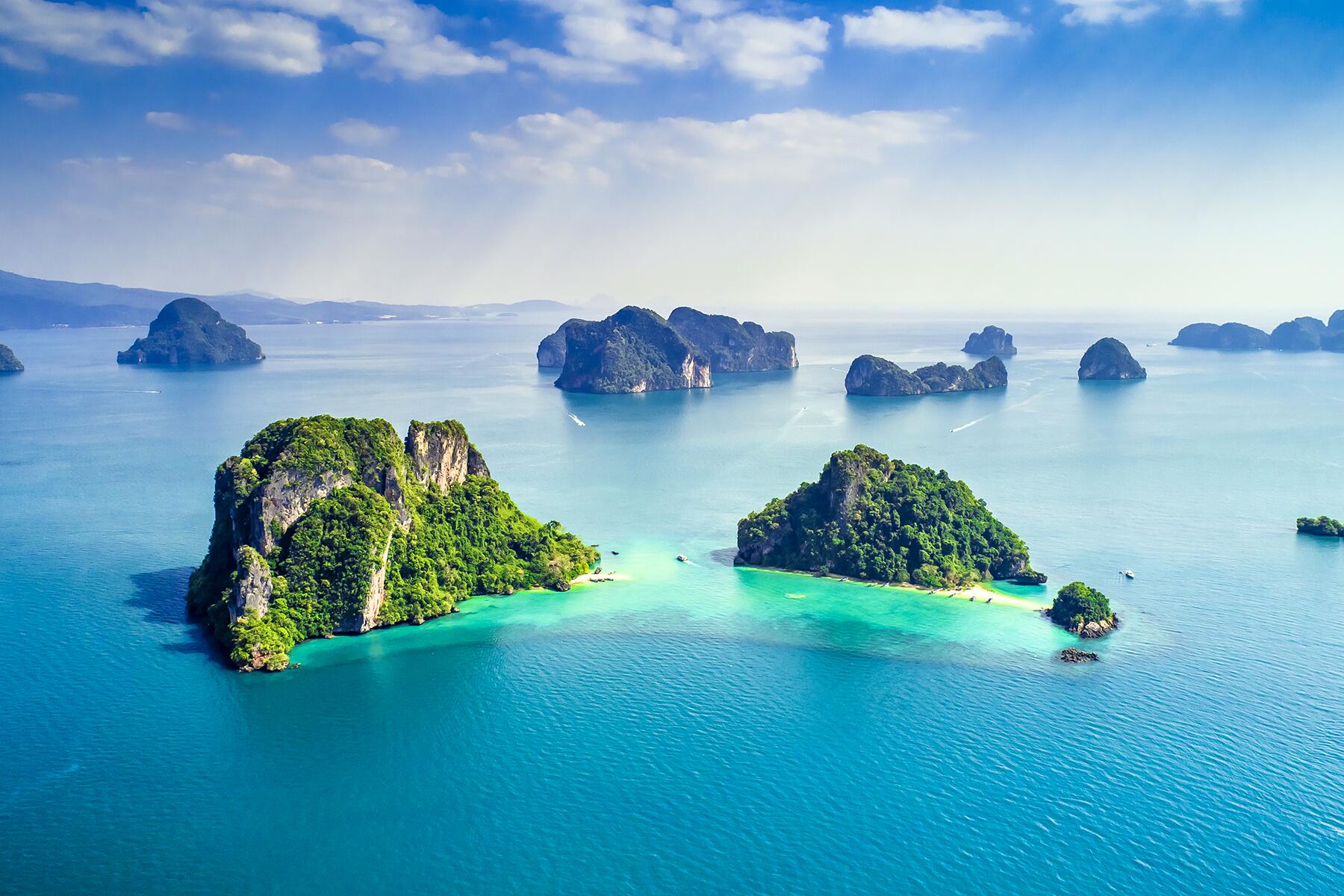
Phuket boasts some of the best beaches in the region, including the lively shores of Patong Beach, the tranquil expanse of Kata Beach, and the scenic appeal of Karon Beach, each offering beachfront charm and a myriad of water activities that cater to diverse visitor preferences.
Whether you seek the vibrant energy of Patong Beach, with its bustling nightlife and abundant water sports, or the more laid-back atmosphere of Kata Beach, ideal for families and surf enthusiasts, Phuket's beaches have something for everyone.
Karon Beach, with its picture-perfect sunsets and soft sands, is a favorite for romantic strolls and snorkeling excursions.
Visitors can indulge in a range of water activities such as snorkeling, scuba diving, jet skiing, and parasailing, ensuring there's never a dull moment at these stunning coastal destinations.
The beachfront allure of Phuket's shores is simply irresistible, drawing travelers from around the globe to experience the natural beauty and vibrant atmosphere of these renowned beaches.
What are the best islands to visit in the Philippines?
The Philippines offers a wealth of captivating islands for exploration, with the natural wonders of Palawan, the cultural treasures of Cebu, and the picturesque landscapes of Bohol providing diverse experiences for island hopping enthusiasts and nature adventurers.
Palawan, renowned as the 'Last Frontier,' entices with its mesmerizing limestone cliffs and pristine lagoons, such as the enchanting El Nido and the underground river in Puerto Princesa.
Cebu, on the other hand, beckons travelers with its vibrant Sinulog festival and historic sites like the Magellan's Cross and the centuries-old churches.
Meanwhile, Bohol captivates with the otherworldly Chocolate Hills and the adorable Philippine Tarsiers Sanctuary, offering a unique blend of natural marvels and wildlife encounters.
What are the best islands to visit in Phuket?
Phuket beckons visitors with an array of enchanting islands to explore, including the captivating allure of the Phi Phi Islands, the pristine marine wonderland of the Similan Islands, and the serene ambience of the Racha Islands, each offering opportunities for memorable encounters with marine life and immersive snorkeling experiences.
The Phi Phi Islands are famous for their limestone cliffs, clear turquoise waters, and vibrant marine life. Snorkeling here offers a chance to swim alongside colorful coral reefs, tropical fish, and if lucky, even spot reef sharks and turtles.
On the other hand, the Similan Islands boast some of the best underwater visibility in Thailand, making it an ideal destination for snorkelers eager to witness a diverse range of marine species and explore stunning underwater rock formations.
Meanwhile, the Racha Islands provide a serene escape with their tranquil beaches, making it a perfect base for snorkelers seeking calm and peaceful waters to observe an array of marine wonders including colorful corals, reef fish, and maybe even gentle stingrays.
Cost of Living
The cost of living in the Philippines and Thailand presents a wide spectrum of accommodation options, budget-friendly choices, and diverse transportation alternatives, while also offering access to quality healthcare facilities that cater to the needs of residents and expatriates seeking affordable living arrangements in these vibrant locales.
Accommodation choices in both countries range from modest guesthouses to luxurious villas, providing expatriates with a variety of living options to suit their budgets and preferences. In the Philippines, budget-friendly living can be found in areas such as Cebu and Davao, where affordable apartments and houses can be rented at reasonable prices. Similarly, Thailand offers a plethora of inexpensive accommodation, especially in cities like Chiang Mai and Hua Hin, where expatriates can find affordable housing options without compromising on quality.
Regarding transportation, both the Philippines and Thailand boast an extensive network of public transportation, including buses, jeepneys, and trains, which are not only cost-effective but also convenient for getting around. The availability of ride-hailing services and motorbike taxis further adds to the diverse transportation alternatives, making it easy for residents to navigate the cities and explore the surrounding areas without breaking the bank.
The accessibility of quality healthcare facilities is a significant factor for expatriates considering relocation. In both countries, expatriates can benefit from modern hospitals, clinics, and medical professionals who offer affordable yet high-quality healthcare services. Whether it's routine check-ups, specialized treatments, or emergency care, residents in the Philippines and Thailand can access healthcare facilities equipped with advanced technology and skilled professionals, ensuring their well-being is well taken care of in their new living environments.
How much does it cost to live in the Philippines?
The cost of living in the Philippines offers a mix of affordable accommodation choices, diverse transportation options, and access to quality healthcare facilities, making it an attractive destination for expatriates and individuals seeking budget-friendly living arrangements in a culturally rich environment.
Philippines presents an array of accommodation options, from modest apartments to luxurious condos, at significantly lower rates compared to many other countries. The cost of living in the Philippines also benefits from a diverse transportation network, including jeepneys, tricycles, buses, and taxis, offering affordable commuting alternatives.
Expatriates and locals alike can access modern healthcare facilities and services, often at a fraction of the cost found in Western countries, contributing to the overall appeal of living in the Philippines.
How much does it cost to live in Phuket?
The cost of living in Phuket encompasses a range of accommodation options, transportation alternatives, and access to quality healthcare facilities, catering to diverse lifestyle preferences and creating an appealing environment for individuals seeking a balance of leisure and comfort in their living arrangements.
Phuket offers a plethora of accommodation choices, from luxurious beachfront villas to cozy apartments in the bustling city center, providing options to suit various budget levels and preferences. The transportation diversity includes efficient public buses, motorbike rentals for local commuting, and taxi services that cater to different travel needs.
Residents of Phuket benefit from access to modern healthcare facilities, including international hospitals and medical centers equipped with state-of-the-art technology and well-trained medical professionals. This ensures that individuals can enjoy a balanced lifestyle without compromising on their healthcare needs.
Conclusion: Which is Better - Philippines or Phuket?
Both the Philippines and Phuket offer captivating travel experiences, cultural immersion, and stunning scenery that cater to diverse preferences and provide unique insights into the natural, cultural, and historical aspects of these remarkable destinations.
Regarding the Philippines, its allure lies in the diversity of its more than 7,000 islands, each offering unique experiences ranging from white sandy beaches, crystal-clear waters ideal for diving, to lush rainforests and vibrant city life. The chance for deep cultural immersion is abundant, with each region proudly showcasing its heritage through traditional festivals, dance, and arts.
On the other hand, Phuket mesmerizes with its picturesque beaches, lavish resorts, and dynamic nightlife. The charm of its traditional old town with its Sino-Portuguese architecture beautifully mixes with the modern allure of bustling markets, entertainment, and exceptional cuisine.


